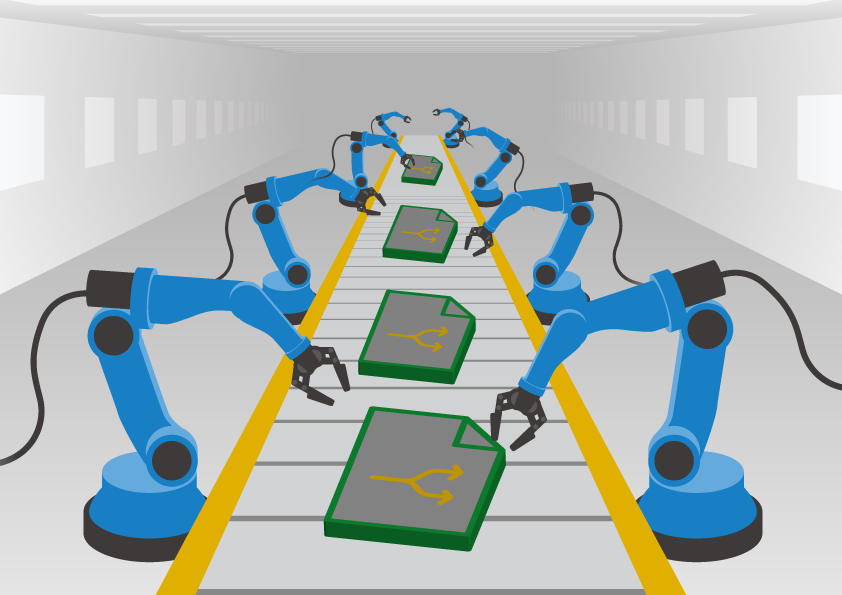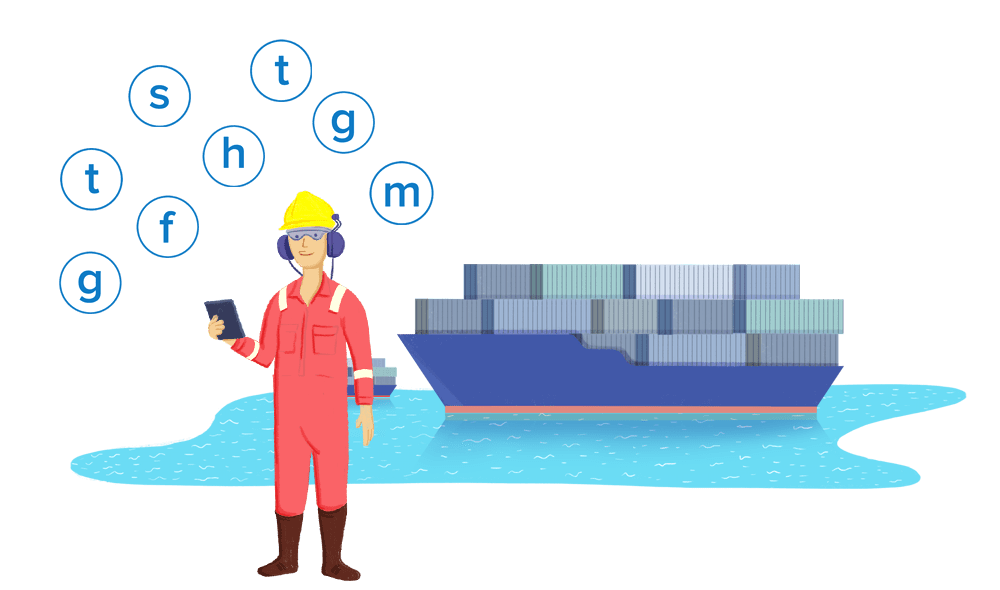
- Real time commodity risk engine machine learning serial#
- Real time commodity risk engine machine learning update#
Supervised Learning is also called predictive modeling or predictive analytics, because you build a model that is capable of making predictions. Supervised algorithms use labeled data in which both the input and target outcome, or label, are provided to the algorithm. Reinforcement learning trains algorithms to maximize rewards based on feedback. Semi-supervised learning uses a mixture of labeled and unlabeled data. Supervised learning algorithms use labeled data, unsupervised learning algorithms find patterns in unlabeled data. In general, machine learning may be broken down into two types: supervised, unsupervised, and in between those two. Machine learning uses algorithms to find patterns in data, and then uses a model that recognizes those patterns to make predictions on new data. Image reference: AI Computing What is Machine Learning? In terms of potential performance, the evolution from the Cray-1 to today’s clusters with lots of GPU’s is roughly a million times what was once the fastest computer on the planet at a tiny fraction of the cost.
Real time commodity risk engine machine learning serial#
Whereas a CPU consists of a few cores optimized for sequential serial processing. A GPU has a massively parallel architecture consisting of thousands of smaller, more efficient cores designed for handling multiple tasks simultaneously. Graphical Processing Units (GPUs) have sped up multi-core servers for parallel processing. MapR Event Store, a new distributed messaging system for streaming event data at scale, combined with Stream processing like Apache Spark streaming, or Apache Flink, speed up parallel processing of real time events with machine learning models. Technologies like Apache Spark speed up parallel processing of distributed data even more with iterative algorithms by caching data in memory across iterations and using lighter weight threads. With file and table storage like MapR XD and MapR Database, data is distributed across a cluster, and Hadoop technologies like MapReduce, Pig, and Hive send the computing task to where the data resides. Traditionally data was stored on a RAID system, sent to a multi-core server for processing and sent back for storage, which caused a bottleneck on data transfer, and was expensive. How Has Analytics Changed in the Last 10 Years?Īccording to Thomas Davenport in the HBR, analytical technology has changed dramatically over the last decade, with more powerful and less expensive distributed computing across commodity servers, streaming analytics, and improved machine learning technologies, enabling companies to store and analyze both far more data and many different types of it.

AI is better used as a word for the next frontier. Machine learning has the advantage that it learns from the data, and it can give data driven probabilistic predictions.Īccording to Ted Dunning, it is better to use precise terminology, like Machine Learning or Deep Learning instead of the word AI, because before we get something to work well, we call it AI, afterwards, we always call it something else.

Real time commodity risk engine machine learning update#
Rules engines have wide use in industries such as finance and healthcare, and more recently for event processing, but when data is changing, rules can become difficult to update and maintain. Expert systems capture an expert's knowledge in a rules engine. At the NSA I even took an MIT video (VCR) class on AI, which was about expert systems. In 1985, when I was a student interning at the NSA, AI was also a very hot topic. AI is an umbrella term, the idea started in the 50s, machine learning is a subset of AI and deep learning is a subset of ML. Throughout the history of AI the definition has been continuously redefined.

This and future posts are meant to provoke a review of your own data to identify new opportunities. Every piece of information that your business generates has potential to add value. Machine learning is becoming more accessible to developers, and Data scientists work with domain experts, architects, developers and data engineers, so it is important for everyone to have a better understanding of the possibilities. The goal of this is not to turn you into a data scientist, but to give you a better understanding of what you can do with machine learning. In future posts we will explore vertical use cases. In this post we will explain what is machine learning and deep learning at a high level with some real world examples. Deep learning, machine learning, artificial intelligence - all buzzwords and representative of the future of analytics.


 0 kommentar(er)
0 kommentar(er)
